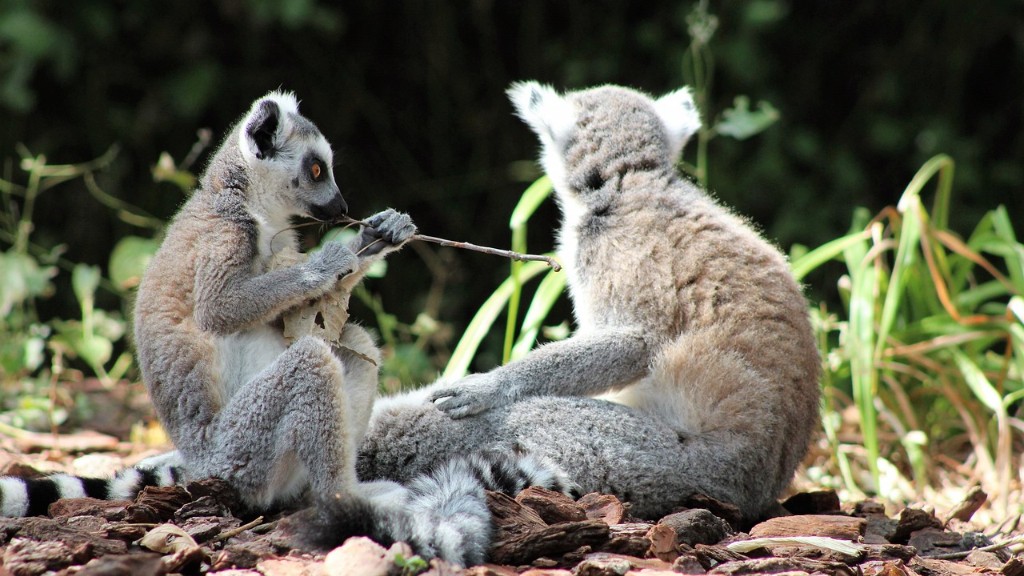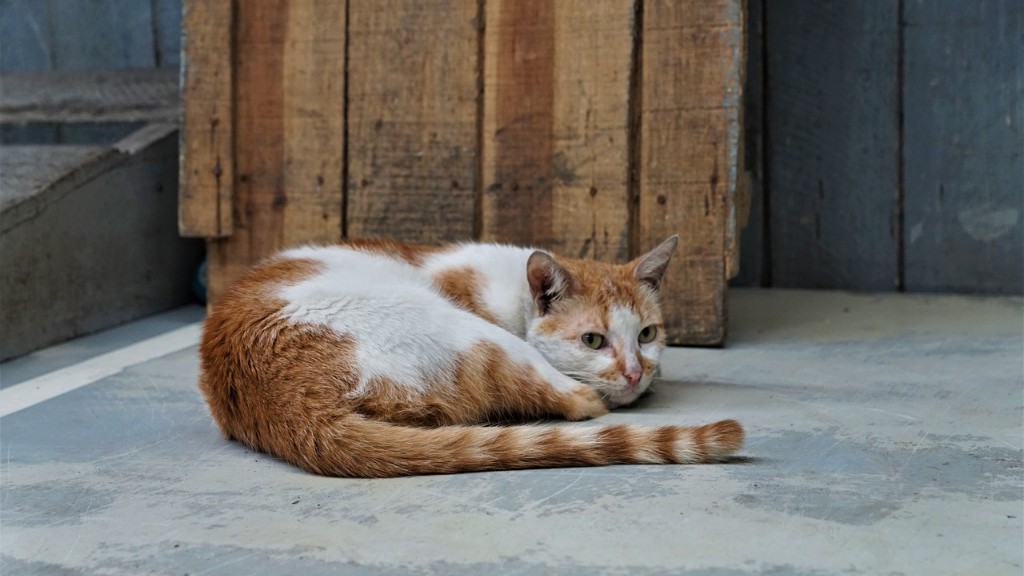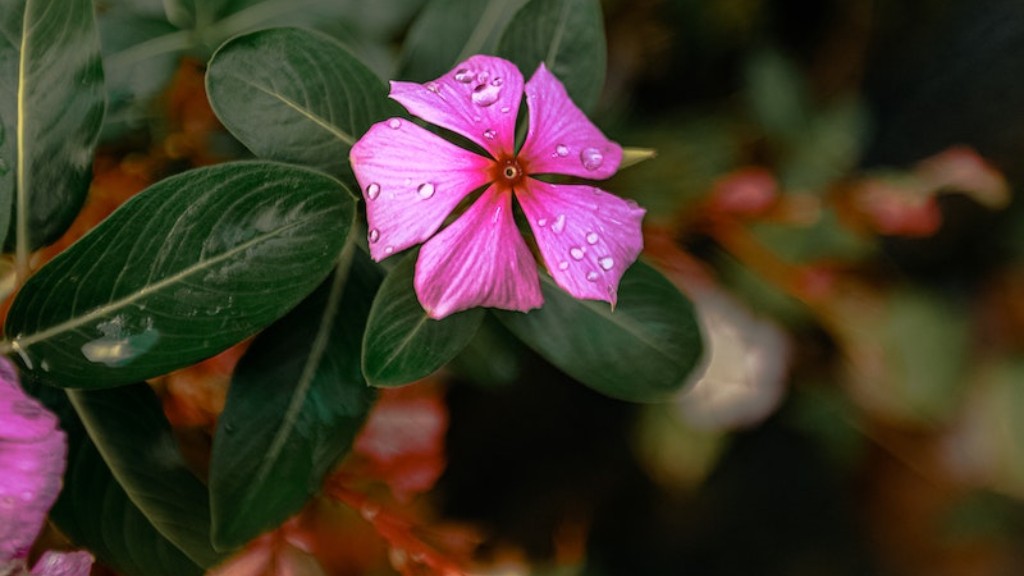The Fascinating World of Madagascar Lemurs
In the diverse ecosystems of Madagascar, a small island nation off the east coast of Africa, one finds an extraordinary array of wildlife. Among the most fascinating creatures inhabiting this unique environment are the lemurs. These primates have captured the attention of researchers, conservationists, and nature enthusiasts alike due to their remarkable adaptations, behaviors, and cultural importance. In this article, we delve deep into the intriguing world of lemurs and explore why they hold such a special place in Madagascar.
Lemurs are a group of primates that are endemic to Madagascar, meaning they are found nowhere else on Earth. These enchanting creatures are believed to have arrived on the island around 60 million years ago and have since diversified into over 100 different species. Ranging in size from the tiny mouse lemurs, less than 30 grams, to the indri, reaching up to 10 kilograms, lemurs exhibit a wide range of physical characteristics and behaviors.
One of the most well-known lemurs is the ring-tailed lemur (Lemur catta). This species, easily recognized by its long, striped tail, is a flagship symbol for conservation efforts in Madagascar. Unfortunately, due to habitat loss and fragmentation, ring-tailed lemurs are now critically endangered. Their survival is dependent on the conservation initiatives undertaken to protect their natural environment.
Madagascar’s unique ecosystems have shaped lemurs into fascinating creatures with numerous adaptations. Some lemurs, such as the sifakas, possess incredibly long hind limbs that enable them to leap gracefully between trees. Others, like the aye-ayes, have evolved specialized elongated fingers to extract insects from tree bark. These adaptations showcase the marvelous biodiversity and evolutionary wonders of Madagascar.
The cultural significance of lemurs in Madagascar adds further intrigue to their story. For many Malagasy people, lemurs are seen as sacred ancestral spirits known as “tavintana.” These beliefs have sometimes resulted in greater protection for lemurs in certain regions, as they are considered to bring good fortune. However, in other parts of the country, lemurs may face hunting pressure due to different cultural practices and economic needs.
Conservation efforts aimed at protecting lemurs and their habitats are crucial for their long-term survival. Local and international organizations have joined forces to establish protected areas, promote sustainable tourism, and raise awareness about the importance of safeguarding Madagascar’s unique biodiversity. By supporting these initiatives, individuals can contribute to the preservation of lemurs and their incredible ecosystem.
The Diversity of Lemurs in Madagascar
Madagascar’s rich biodiversity is exemplified by the incredible diversity of lemurs. Here are some notable lemur species:
- Indri (Indri indri) – The largest lemur species known for its haunting, melodic calls.
- Sifaka (Propithecus) – Agile leaping lemurs with unique sideways gaits.
- Aye-aye (Daubentonia madagascariensis) – Nocturnal lemurs with long, bony fingers and rodent-like incisors.
- Ruffed lemurs (Varecia) – Colorful primates with loud vocalizations and a varied diet.
- Brown lemur (Eulemur) – A generalist lemur species found in various habitats across Madagascar.
The Conservation Challenges
Despite the efforts made towards conserving lemurs, they continue to face significant threats:
- Habitat loss due to deforestation for agriculture, logging, and mining.
- Illegal wildlife trade, driven by demand for lemurs as pets and traditional medicine.
- Invasive species, such as the Indian Ocean rat, which compete for resources with lemurs.
- Poaching for bushmeat and cultural practices.
Conservation Success Stories
While the challenges are immense, several conservation success stories have provided hope for the future of lemurs:
- The creation of protected areas, such as Ranomafana National Park and Andasibe-Mantadia National Park, which safeguard lemur habitats.
- Innovative community-based conservation projects that involve local communities in protecting lemurs and their ecosystems.
- The establishment of ecotourism initiatives that provide alternative income sources for local communities while promoting lemur conservation.
- Education and awareness campaigns that emphasize the importance of lemurs and the need to preserve their habitats.
The Importance of Lemurs in Research
Lemurs have also become important subjects of scientific research, further highlighting their significance:
- Studying lemurs provides insights into primate behavior, evolution, and ecology.
- Lemurs’ unique adaptations, such as their dental formula or reproductive strategies, contribute to our understanding of evolutionary biology.
- Research on lemur communication and social systems helps shed light on human evolution and social dynamics.
- Understanding the impact of climate change and habitat loss on lemurs can inform broader conservation strategies.


